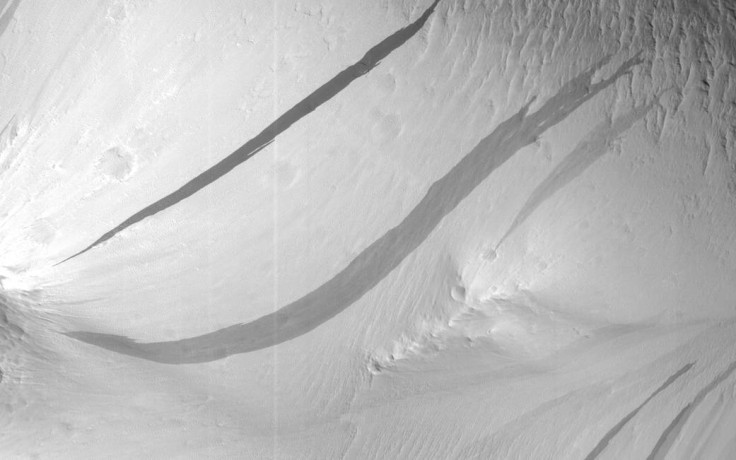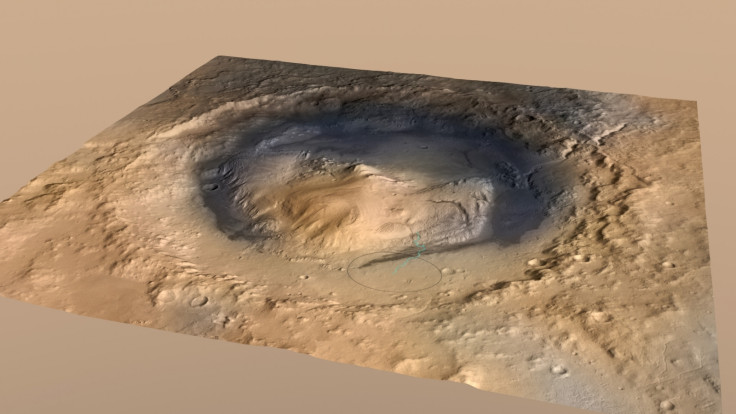Slope streaks on Mars hint at possibility of more water than previously believed
If there is life on Mars, regions with slope streaks could be a good place to start looking.

Streaks seen on slopes in Mars along its equatorial region have prompted scientists to believe that there has been more water activity on the planet than once believed.
If this is the case, then the chances of finding life in some form in the vicinity of these streaks are considered high.
The Atmospheric Science Group at Luleå University of Technology in Sweden has theorised that the slope streaks on Mars, if caused by liquid water, could mean that there has been a lot more water than previously thought, say researchers led by Anshuman Bhardwaj, Associate Senior Lecturer of Atmospheric Science.
Slope streaks are present in Martian landscapes at low altitude terrains on surfaces that are characterised by low thermal inertia –the degree of slowness with which the temperature of a body approaches that of its surroundings – and high albedo – the measure of reflectance of a body on a scale of 0 to 1. Such areas are also covered in a layer of fine dust.

All of these surface features were until now explained as being caused by dry processes, namely dust avalanches, earthquakes and blasts from impacts. This study has, however, came out with a different approach to explain the streaks on Mars.
The layer of dirt on Mars, its regolith, has perchlorates that are composed of chlorine salts that are highly hygroscopic – the ability to absorb moisture from the air.
This process, called deliquescence, leads to the formation of highly concentrated brines at certain temperatures and relative humidity. Deliquescence was found to happen in at least one defined area called the Gale crater where there is "an exchange between soil and atmosphere", says the report.

Deliquescence can happen in areas that are not the Gale crater and to research this, the university has designed HABIT, an instrument that will be studying the feature on Mars through the ESA's ExoMars 2020 mission. The idea is to actually prove that deliquescence is the reason for slope streaks on Mars, says Bhardwaj.
If there are chances that there is water on Mars in some form, there might be a need to assume that there, is indeed life on Mars. This might, in turn, affect planetary protection policies and there could be a need to create standards with strict requirements so as to not contaminate Mars, or contaminate Earth with Martian forms of life. One way is to designate these areas where water could be found as ones with "astrobiological importance", adds Bhardwaj.





















